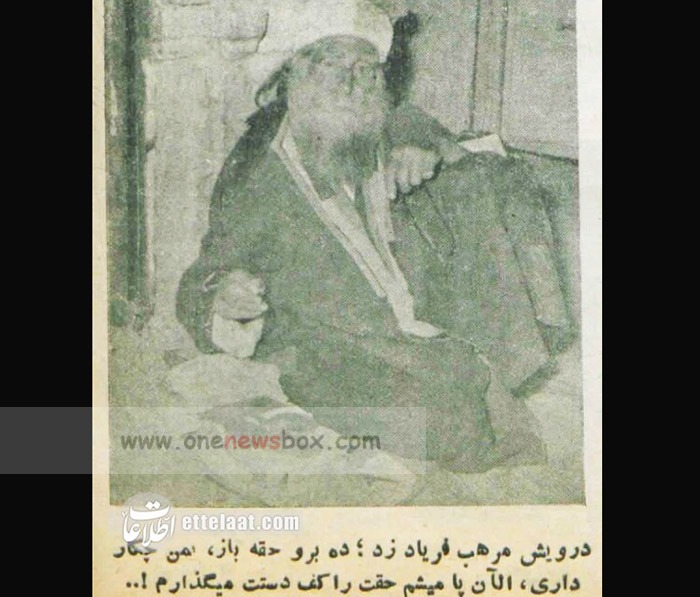3. Astrologers and Palmists
Astrology had long held a central place in Iranian culture, rooted in Zoroastrian cosmology and later absorbed into Islamic mystical thought. In 1955 Tehran, astrologers calculated birth charts using the positions of stars and planets, advising their clients on marriage, travel, childbirth, and even political ambition. Unlike Western horoscopes, Iranian astrology often blended numerology and traditional medicine, suggesting remedies or charms based on celestial configurations.
Palmists, on the other hand, read the lines and mounts of the hand to divine personality traits and predict future events. These individuals often claimed training from Indian or Egyptian traditions and catered to Tehran’s wealthier residents, who sought exotic answers to modern anxieties.
4. Exorcists and Ascetics
While prayer writers dealt with human problems using religious text, exorcists — often working with Sufi or folk-Islamic tools — claimed to confront jinn, spirits, and evil forces directly. Armed with smoke, recited spells, and ritual objects, they “drove out” malevolent entities from afflicted individuals. In a society where psychological disorders were poorly understood, many mental illnesses were interpreted as possession or curses, making exorcists vital community figures.

